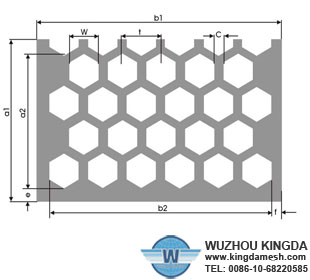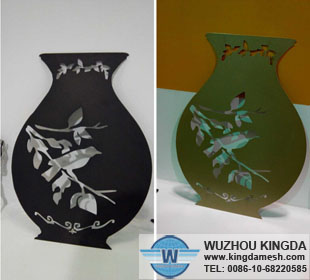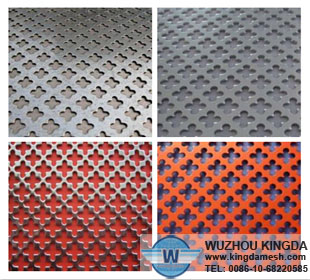Metal Punching Tools
Metal punching tools are designed to punch holes through several types of metal. Hand held punches are mainly used for making jewelry. Some of the larger bench-top, pneumatic and hydraulic models are used for larger holes and/or thicker metals. Larger models are commonly used in airplane and car manufacturing plants to producevholes for sockets, controls and instruments.
Hand Punch
A heavy duty sheet metal punch will punch round holes of several sizes in metals, such as mild steel, copper, brass and aluminum up to 16 gauge thickness. Similar in design to a hand held stapler, a hand punch uses a steel pin to pierce metal when squeezed.
Tap Punch
This table top model will punch up to 24 gauge sheet metal. The metal goes between the bottom of the punch, called an anvil, and the punch tip. Usually a plastic or rawhide mallet is used to lightly tap the top of the steel punch pin, piercing the metal.
Two-Hole Punch
A two-hole punch uses tempered steel pins to form holes in soft metals up to 24 gauge thickness. The holes are delivered by screw action that does not deform the soft metal.
Hole Punch Pliers
Hole punch pliers work great for making jewelry out of copper or silver that is not more than 18 gauge thickness. Each pair of pliers is usually available with one size pin that may be round or square. For a variety of hole sizes, you would need several pairs of hole punching pliers.
Hydraulic Hole Punch
Hydraulic hole punch driver sets come with several punch and die sizes and will punch holes, up to five and five-eighths inches in diameter, in stainless steel up to 10 gauge thickness.
Pneumatic Punch
The term pneumatic refers to tools that are attached to and ran by an air compressor. The force of the air moving through a tool makes it function. A pneumatic hole punch usually comes with a few attachments that will make different size holes and may perform other functions as well. Hole punch heads may be available in sizes that vary from 4mm to 8mm, depending on the brand.





